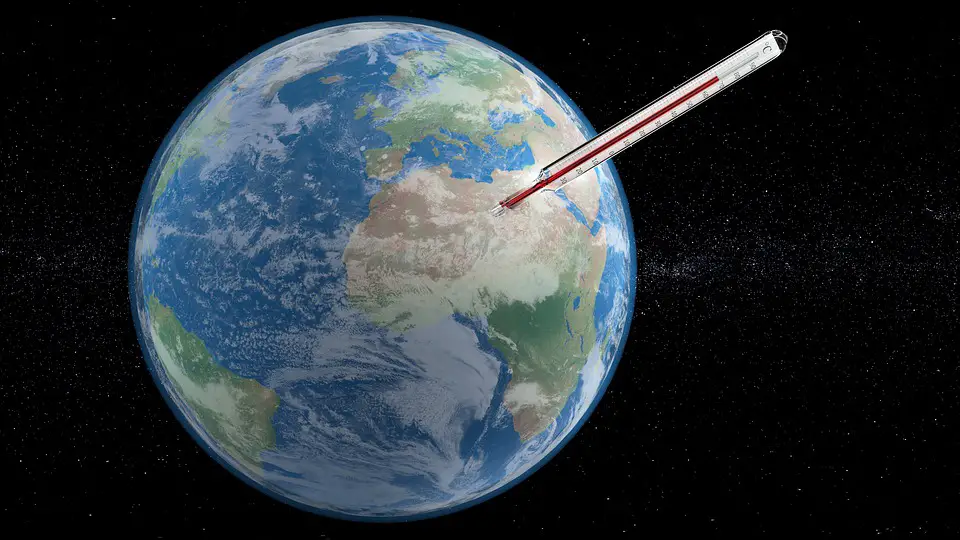The Sun is a huge gas, or plasma, that produces heat and light by nuclear fusion. The Sun’s energy also fuels the Earth’s weather and climate through solar radiation. The Earth’s average surface temperature is about 15 degrees Celsius (59 F or 288 K). As the planet goes in and out of an ice age, this number can vary by 5 degrees. However, since the industrial revolution, global temperatures have increased by 0.8 C (32 F) – with most of this warming happening in the last 25 years. Humans are responsible for the majority of greenhouse gasses in the atmosphere,
The temperature on Earth without Sun is -100 degrees, and it will be 4 degrees Celsius if you are standing in water. The average temperature on Earth with the Sun is 57 degrees, 15 Celsius. How would the temperature on Earth be without the Sun? The question sounds absurd because we cannot imagine such a state. But, if the star exploded, for example, like a supernova or did not exist at all, the planet’s surface will immediately become frigid. It is known that the Earth is constantly supplied with energy from the Sun. This energy warms up its surface and maintains favorable conditions for life.
The surface temperature of Earth is about 14°C (57°F). Without the Sun’s heat, the average temperature on Earth would be -18°C (-0.4°F). However, the hottest and coldest places are usually not at the poles. Earth’s atmosphere has five layers: the troposphere (the lowest layer), stratosphere, mesosphere, thermosphere, and exosphere. Only in the troposphere is there enough oxygen for human consumption.
Will The Earth Be Frozen Without Sun?
The Sun provides light and heat energy to the Earth. Without sunlight, all life on Earth would be extinguished, causing a catastrophe. This would happen if the Sun’s energy output were reduced by more than 70%. Millions of people rely on the Sun upon to maintain a comfortable living environment, but what will happen if it disappears? The Sun is an essential source of life for all living species on Earth. It keeps our planet warm, and as a result, life can thrive here just as it has for millions of years.
Hydrogen and Helium will escape into space
It’s not surprising that hydrogen and helium, two of the lightest elements, escape from Earth most easily. However, if you account for other gases and particulates floating around in our atmosphere, temperatures on our planet would actually drop about 30 degrees Celsius. That is because, although we’re made up of mostly oxygen and carbon dioxide, which are relatively heavy gases (and therefore don’t escape), nitrogen makes up 78% of our atmosphere—which is lighter than air.
Why Is Sunlight Necessary For Earth?
Earth is the only planet in our solar system with liquid water on its surface, and that’s because of sunlight. Sunlight illuminates Earth 24 hours a day, 365 days a year. The heat from the Sun causes Earth’s surface to stay at an average temperature of 57 degrees Fahrenheit (14 Celsius). If it weren’t for sunlight, Earth would be about 40 degrees Fahrenheit (4 C) colder than it is now — too hard for liquid water to exist on the planet’s surface. The Sun keeps the Earth warm and habitable for living things. Without sunlight, our planet would be a frozen ball of ice with no life on it at all. The Sun provides light, warmth, and energy that help plants grow and thrive. It also provides power to drive ocean currents, keeping the climate stable. The Sun’s heat also helps protect us from cosmic rays by raising the temperature of our atmosphere.
